| Wednesday, November 13, 2019 | |
Disruptive Computing |
|
| Chair |
Patrick Bressler, Managing Director, Fraunhofer Group for Microelectronics
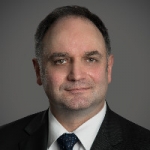
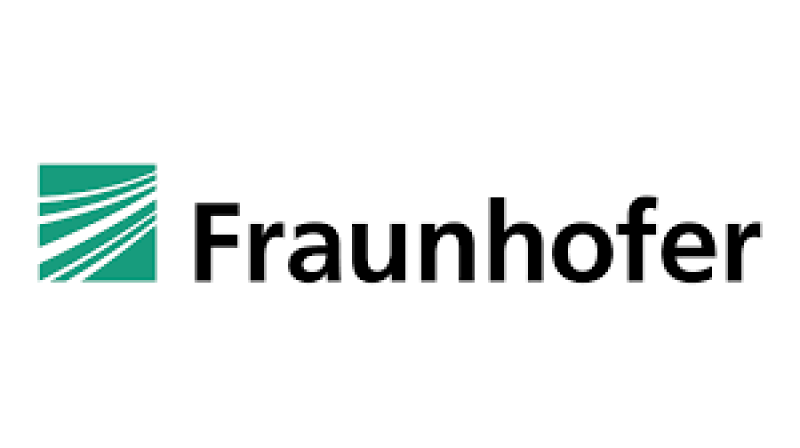 Biography |
| 12:45 | Diamond for Quantum Computing |
Rüdiger Quay, Deputy Director, Fraunhofer Institute Diamond for Quantum Computing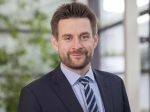
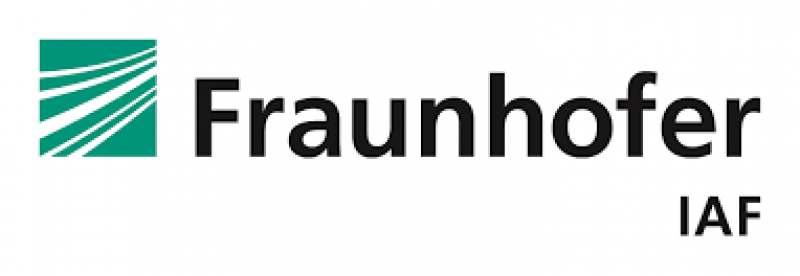 Abstract Biography |
|
| 13:05 | Disruptions Ahead – Hearings Instruments as Multi-Sensor Platforms |
Uwe Andreas Hermann, Senior Director, Eriksholm Research Center Disruptions Ahead – Hearings Instruments as Multi-Sensor Platforms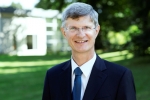
 Abstract Biography |
|
| 13:25 | Enablement of Energy-efficient Machine Learning hardware through System-Technology Co-optimization |
Arindam Mallik, Program Manager, imec Enablement of Energy-efficient Machine Learning hardware through System-Technology Co-optimization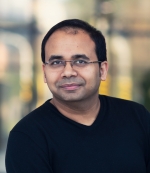
 Abstract Biography |
|
| 13:45 | Silicon for large scale quantum computing |
Maud Vinet, CEA Silicon for large scale quantum computing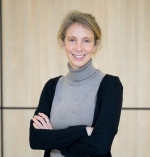
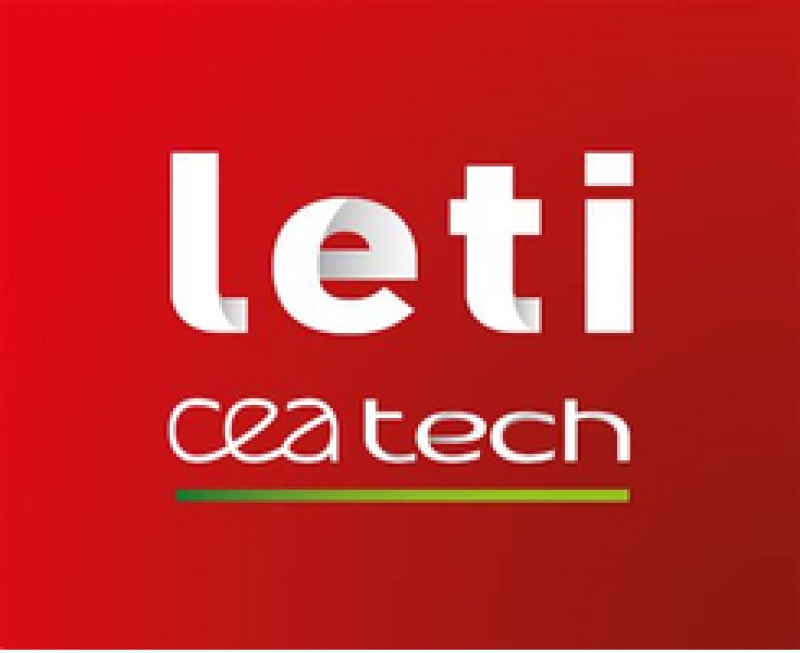 Abstract Biography |
|
| 14:05 | Ambipolar quantum dots in planar silicon |
Floris Zwanenburg, Associate Professor, University of Twente Ambipolar quantum dots in planar silicon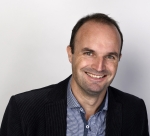
 Abstract Biography |
|
| 14:25 | Advances in Energy Efficient Neuromorphic Computing: Ready for Artificial Intelligence at the Edge? |
Elisabetta Corti, researcher in the Science & Technology, Ibm Advances in Energy Efficient Neuromorphic Computing: Ready for Artificial Intelligence at the Edge?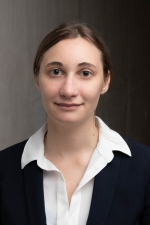
 Abstract Biography |
|
| 14:45 | End |